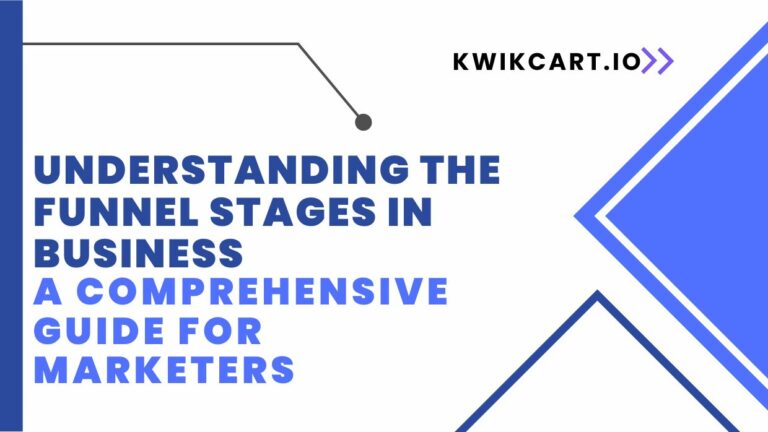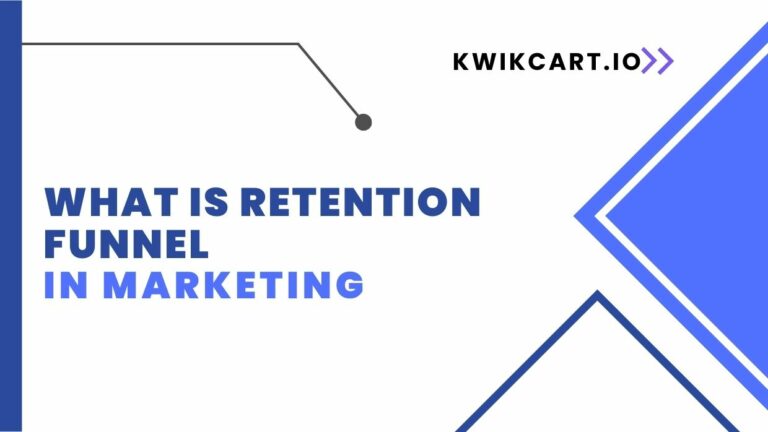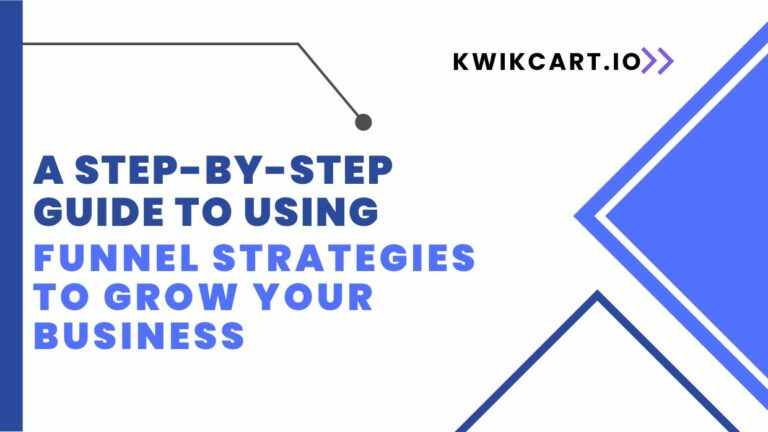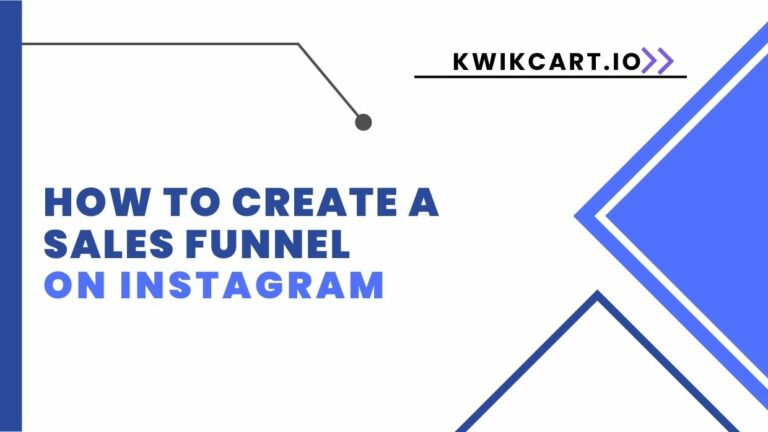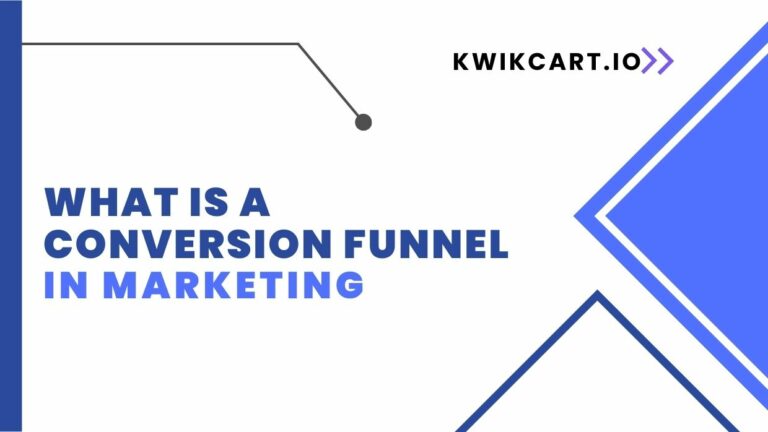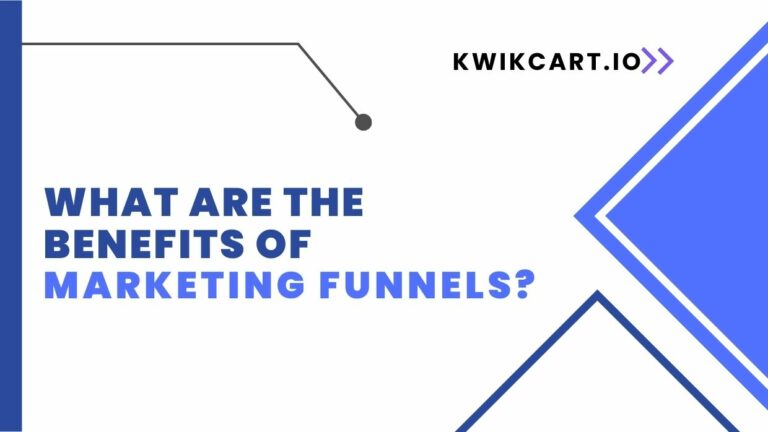Consideration Funnel Stage
Understanding the “Consideration Funnel Stage” is essential for any successful online marketing strategy. This article will explain the different stages of the consideration funnel and how you can use them to maximize your company’s reach and engagement. Whether you’re just getting started or have been in the business for some time, this article will provide you with valuable insight into why understanding the consideration funnel is key to a successful online marketing strategy.
Introduction to Consideration Funnel Stage

The consideration funnel stage is the second stage of the buying process, and occurs when a potential customer is actively considering your product or service. At this stage, customers are beginning to research their options and narrow down their choices.
To succeed at the consideration funnel stage, you need to generate interest in your product or service and convince potential customers that you offer the best solution for their needs. This can be done through marketing campaigns, targeted content, and effective sales strategies.
Once you have a customer’s attention, it’s important to keep them engaged by providing relevant information and continuing to nurture the relationship. If you can successfully move a customer through the consideration funnel stage, you’ll be well on your way to making a sale.
Learn more about… A Comprehensive Guide To All The Different Types Of Marketing Funnels
What is the Consideration Funnel Stage?
The Consideration Funnel Stage is the second stage of the buyer’s journey, and it’s when a potential customer is aware of their problem and is actively searching for a solution.
At this stage, customers are looking for more information about potential solutions to their problem. They’re comparing different options and trying to figure out which one is the best fit for them.
This is where your marketing comes in. You need to provide potential customers with the information they’re looking for so they can make an informed decision about your product or service.
To do this, you need to create content that educates your audience about their problem and provides them with information about your solution. This could include blog posts, eBooks, webinars, and more.
You should also focus on building relationships with potential customers at this stage. This way, you can establish yourself as a credible source of information and build trust with your audience.
By providing potential customers with the information they need at this stage of the buyer’s journey, you can move them one step closer to becoming a paying customer.
Different Steps of Consideration Funnel Stage
The consideration funnel stage is the process that potential customers go through when they are considering making a purchase. There are four different steps in the consideration funnel stage:
- Awareness: The potential customer becomes aware of the product or service.
- Interest: The potential customer expresses interest in the product or service.
- Evaluation: The potential customer evaluates the product or service to see if it meets their needs.
- Purchase: The potential customer makes a purchase.
At each step of the consideration funnel stage, the potential customer may decide not to move forward in the process. For example, a potential customer may become aware of a product but not express interest in it, or may express interest but decide not to evaluate it further.
Benefits of Using Consideration Funnel Stage
When you’re first getting started with inbound marketing, it’s important to understand the buyer’s journey and how your content fits into that journey. The consideration funnel stage is an important part of that journey, and understanding how to create content for this stage can help you generate more leads and close more deals.
So what is the consideration funnel stage? This is the stage in the buyer’s journey where the prospect is actively considering their options and looking for more information to help them make a decision. They know they have a problem or need and are looking for a solution, but they haven’t yet decided on a specific product or service.
As a marketer, your goal at this stage is to educate the prospect on their options and help them narrow down their choices. You want to position your company as a trusted resource that can provide them with the information they need to make an informed decision.
To do this, you need to create content that is educational and informative, without being too salesy. Think about creating blog posts, infographics, ebooks, guides, and even webinars that will help the prospect learn more about their options and make an informed decision.
By creating helpful content at this stage in the buyer’s journey, you can position your company as a trusted resource and increase the likelihood that prospects will choose your product or service when they’re ready to buy.
Examples of Consideration Funnel Stage
The consideration funnel stage is the second stage of the buyer’s journey, and it’s when prospects are actively evaluating their options and deciding whether or not to make a purchase.
During this stage, prospects are looking for information that will help them compare their options and make an informed decision. They’re also trying to determine whether or not your product or service is the right fit for their needs.
To help prospects move through the consideration funnel stage, it’s important to provide them with helpful content that answers their questions and addresses their pain points. Here are a few examples of content you can create to appeal to prospects in the consideration funnel stage:
- Product comparisons: If you offer multiple products or services, create content that compares and contrasts your offerings. This can help prospects zero in on the right solution for their needs.
- Customer testimonials: Share stories from real customers who have used your product or service to solve a problem. Customer testimonials add credibility and help prospects see how your offering could work for them.
- Case studies: A case study is a detailed account of how you helped a specific customer achieve their goals. Like customer testimonials, case studies show prospects how your product or service can be used to solve real-world problems.
- How-to guides: Prospects in the consideration funnel stage often want to know how your product or service works and what they can expect from using it. How-to guides provide a step-by-step overview of how your offering works and why it’s the right solution for their needs.
How to Improve Your Use of Consideration Funnel Stage
If you want to improve your use of the consideration funnel stage,
here are some tips:
- Define your target audience.
Who are you trying to reach with your marketing message? Once you know who your target audience is, you can tailor your message to them.
- Research your competition.
What are other companies in your industry doing to reach their target audiences? What can you learn from them?
- Create a compelling offer.
Your offer should be something that will appeal to your target audience and make them want to take action.
- Test and refine your message.
Testing different versions of your message with a small portion of your target audience can help you refine it to make it more effective.
- Use data-driven insights.
Analyze the results of your tests and use the insights to improve future campaigns.
- Measure and optimize performance.
Track key metrics such as click-through rate, conversion rate, and customer lifetime value to assess how well your campaigns are performing. Make adjustments as needed to improve results.
Read more… What Is Brand Awareness And How To Use It To Grow Your Business?
Conclusion
We hope this article has provided you with a better understanding of the consideration funnel stage and how to maximize it for your business. This is an important step in the marketing process, as it allows you to narrow down your target audience and show them why your product or service is the best choice for their needs. By following our tips, you can make sure that each potential customer receives relevant information about what makes your brand unique.


